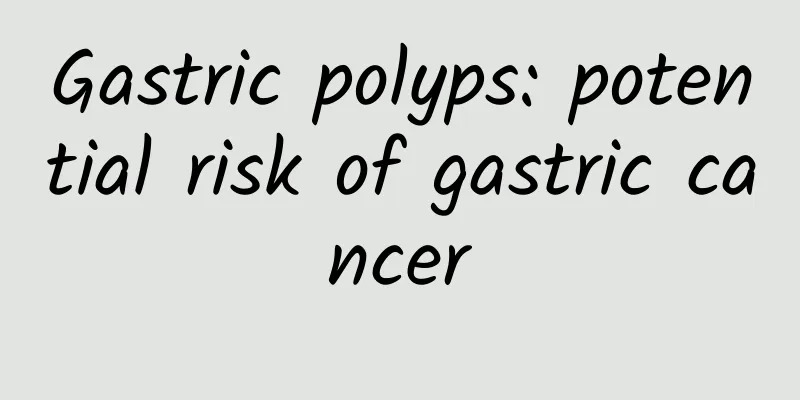Gastric polyps: potential risk of gastric cancer

|
Gastric polyps, a common gastric lesion, often have no obvious clinical symptoms and are mostly discovered accidentally during upper gastrointestinal endoscopy. There are many types of gastric polyps, among which adenomatous polyps are one of the most concerned. Adenomatous polyps, also known as gastric adenomas, are considered precursors to gastric cancer. These polyps usually occur in the setting of gastric mucosal atrophy, but may also occur independently. According to Chinese literature, the probability of malignant transformation of adenomatous polyps is about 20.8%. Compared with other types of polyps, adenomatous polyps are more common in the gastric antrum, with a small number occurring in the cardia and gastric body. It is worth noting that adenomatous polyps can be divided into four types according to pathological characteristics: intestinal type, foveal type, pyloric gland type and oxyntic gland type. Among them, intestinal type and foveal type are more common. Intestinal type adenoma is the most common gastric adenoma and has the highest risk of malignant transformation. When the tumor is larger, grows without a sessile structure and has a villous outline on the surface, its risk of malignant transformation increases further. It has been reported that the canceration rate of gastric adenomas with a diameter greater than 2 cm is as high as 70.59%. In addition to adenomatous polyps, hyperplastic polyps and fundic gland polyps are also common types of gastric polyps, accounting for about 90% of all gastric polyps. Although these types of polyps are generally considered benign, they occasionally have the risk of malignant transformation. For people with related symptoms or family history, regular gastroscopy is the key to preventing and early detection of these lesions. At the same time, maintaining good living habits and eating habits can also help reduce the risk of disease. Through early detection and intervention, we can effectively reduce the incidence of gastric cancer and increase the cure rate. |
<<: Relationship between menarche, menopause age and breast cancer incidence
>>: Why do you get colorectal cancer?
Recommend
Is heartburn caused by drinking alcohol a problem with the stomach or the esophagus? What should I do if I have heartburn the next day after drinking alcohol?
The Chinese New Year is coming soon and people wi...
hcg reference value 10 days after transplantation
We all know that once a woman thinks she may be p...
What to do with peeling on the face? What mask can help relieve peeling on the face?
Facial peeling is a skin problem we often encount...
Can eating green papaya raw make your breasts bigger?
In life, women all love beauty, especially having...
What are the benefits of eating shrimp cakes? Do fresh shrimp cakes use starch or flour?
Shrimp cakes can supplement the protein needed by...
Characteristics of menstrual disorders during perimenopause
Maybe many young ladies still don’t know what men...
What should women do if their calves are swollen?
As people's travel methods become more and mo...
What's going on when my period doesn't come?
Every woman will have menstruation, which lasts a...
What are the causes of lower back pain in women?
We women always have discomfort of one kind or an...
Why are my labia majora enlarged?
The female reproductive system is complex. Take t...
What does three pluses mean for leukocytosis?
When many female friends go for a physical examin...
What are the symptoms of uterine contractions after painless abortion and how to deal with them?
Abortion is an act performed by women to deal wit...
What bad habits cause clear vaginal discharge?
Nowadays, everyone knows that gynecological disea...
Precautions for fetal movement in more than 6 months of pregnancy
We all know that pregnant women must ensure safet...
What is the reason for the hibiscus flower buds to fall off? What should I do if the hibiscus flower buds fall off?
Hibiscus is very common in the south. Although it...









